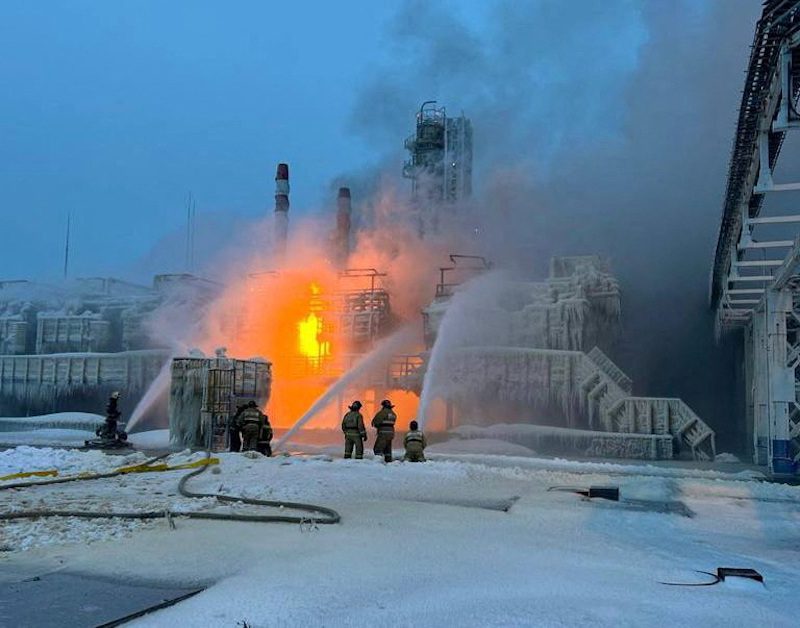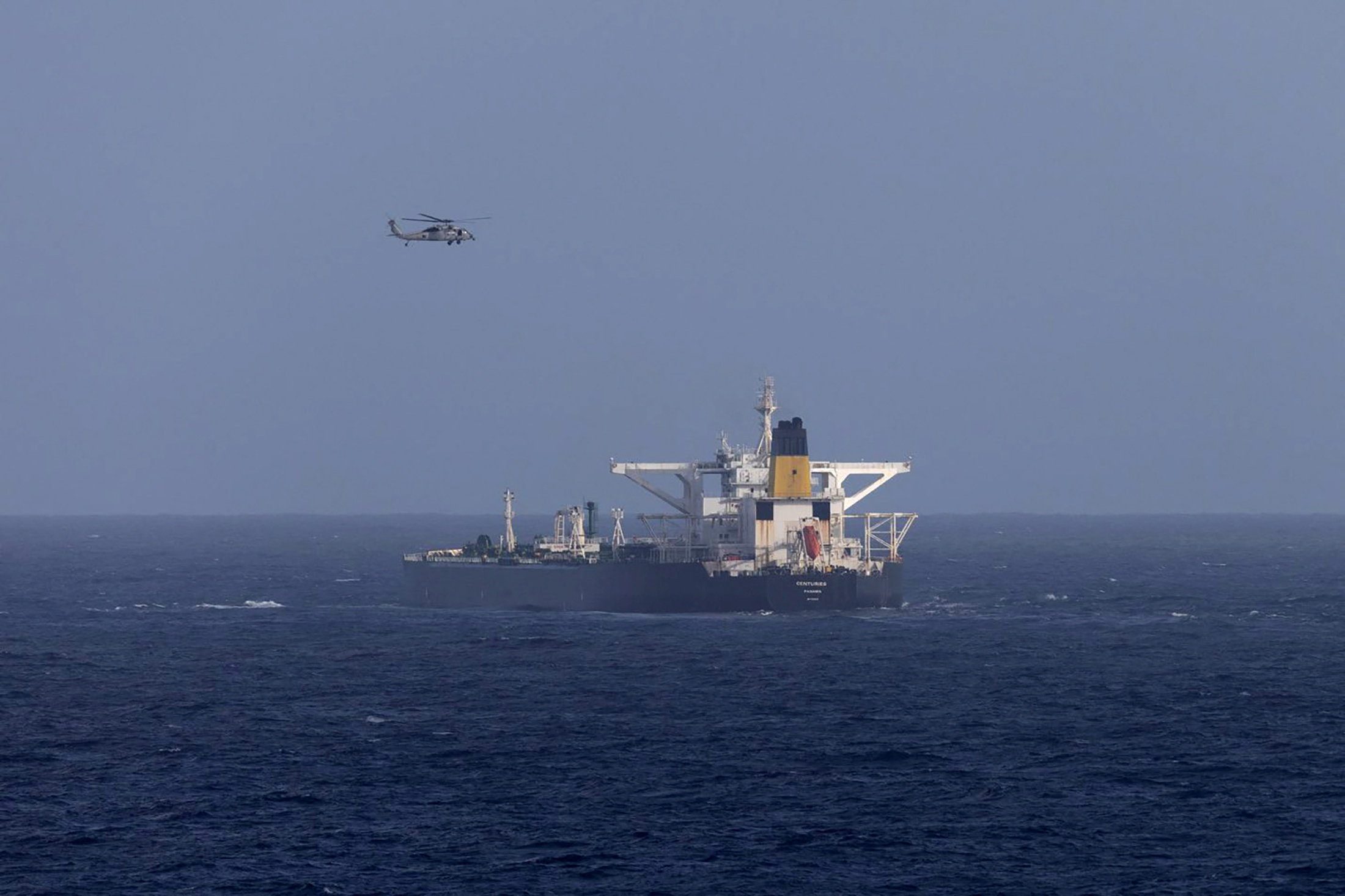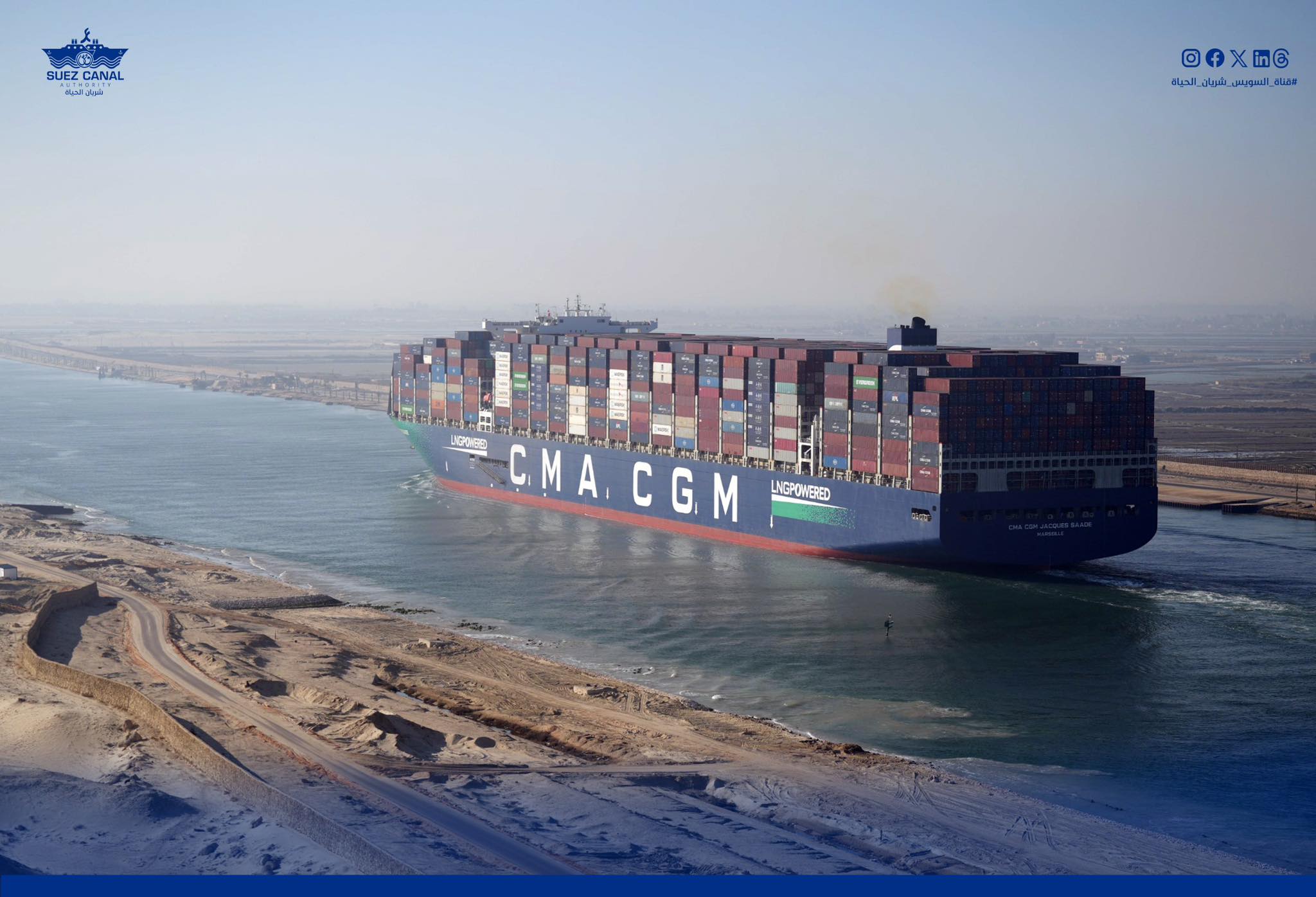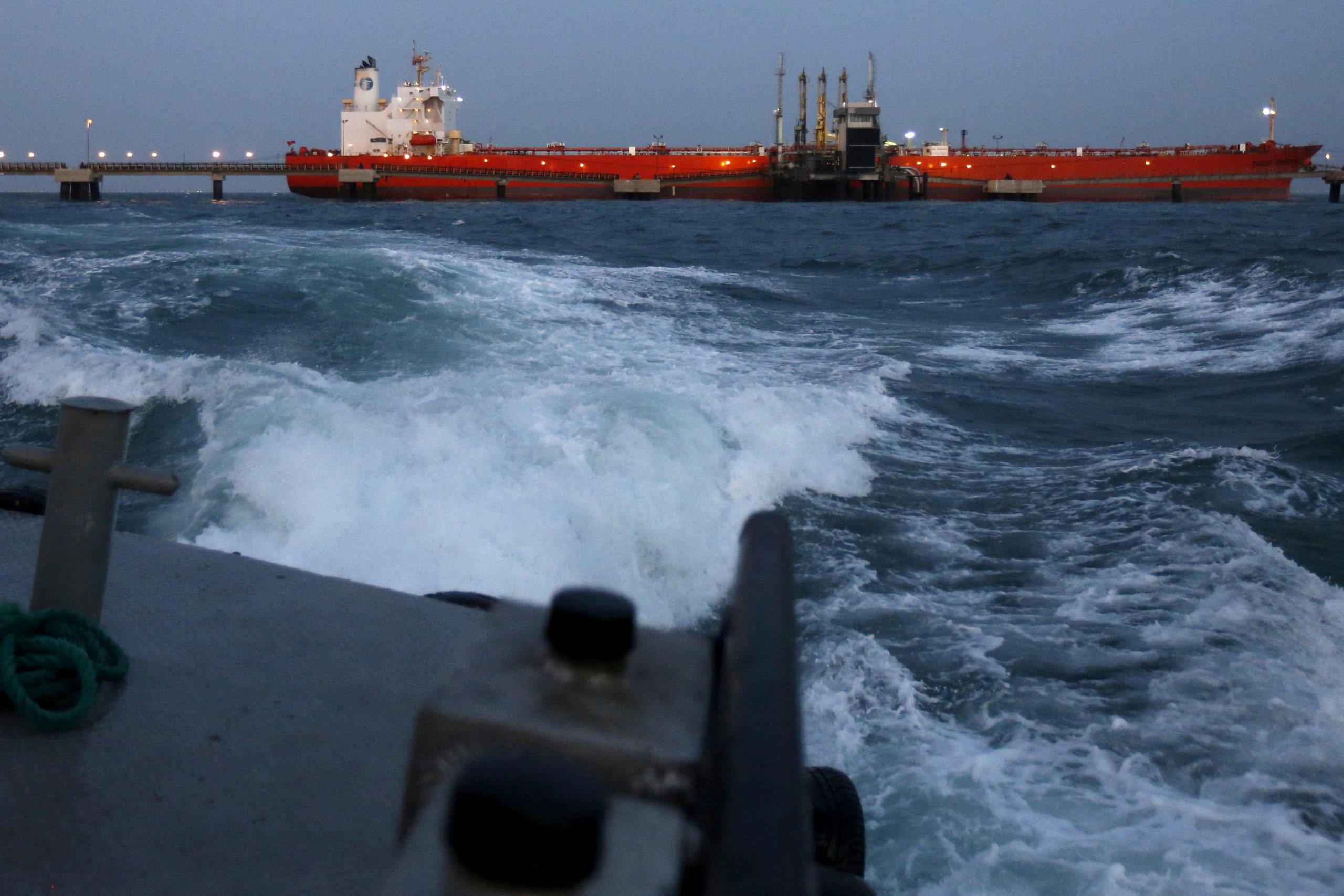(Bloomberg) —
A new front opened in Russia’s war on Ukraine that highlights the vulnerability of oil exports from the nation’s western ports, after reports of drone attacks against facilities on the Baltic coast.
Last week, the first ever Ukrainian drone reached Russia’s Leningrad region, some 1,000 kilometers (620 miles) from the border. That aircraft was downed over the privately-owned Petersburg Oil Terminal without causing damage, according to Russian authorities.
A second drone attack on Sunday, which an official with knowledge of the matter said was organized by Ukraine’s secret services, was more disruptive. It caused a fire that shut down a Novatek PJSC gas-condensate plant in port of Ust-Luga that supplied fuel to the Russian army, according to the official who spoke on condition of anonymity.
The facility was also close to some of Russia’s most important oil-export terminals. As the war in Ukraine once again enters a phase of attrition targeting energy infrastructure, these attacks are worrying oil-market watchers.
“Regular attacks or heavier drones may disrupt Baltic port operations and cause reductions of export volumes,” said Sergey Vakulenko, an industry veteran who spent ten years of his 25-year career as an executive at a Russian oil producer. If that happened, “Russia would not have many viable alternatives.”
Keeping Russia’s oil exports steady is crucial for the Kremlin, which receives some 30% of total budget revenues from the nation’s energy industry. The flow of petrodollars is helping to finance the war in Ukraine as it nears its third year, while also funding domestic spending in the run-up to presidential elections in March.
A serious disruption to Baltic exports would also be felt around the world. Russia is a top-three global oil producer and the largest supplier to China last year. The crude market is already on heightened alert after attacks on shipping in the Rea Sea, and despite its support for Ukraine the West has long been reluctant to see Russian oil taken off the global market because of the impact it would have on prices.
“A halt in Baltic exports would be a major shock,” said Viktor Kurilov, senior oil markets analyst at consultant Rystad Energy A/S.
Two major Baltic oil terminals run by state-owned Transneft PJSC — Ust-Luga and Primorsk — shipped around 1.5 million barrels a day, more than 40% of the Russia’s total seaborne crude exports on average from January to November last year, according to Bloomberg calculations based on the industry data. In addition, some cargoes of Kazakh crude are also loaded at Ust-Luga.
The facilities load more than 75% of Urals, Russia’s main crude-export blend that is shipped to dozens of nations, according to data from intelligence firm Kpler.
In the event of an attack, it would be next to impossible for the nation’s producers to redirect flows of this size to any other port, according to analysts.
There are export terminals in the Barents Sea, but they are “accessible by rail only and have limited capacity,” said Vakulenk?, who is now a scholar at the Carnegie Endowment for International Peace in Berlin. “The route to China and Pacific ports is full, so not a single barrel can be diverted there.”
The Black Sea port of Novorossiysk could accept an extra 300,000 barrels a day, not enough to cover for Ust-Luga flows, estimated Viktor Katona, Kpler’s lead crude analyst. In addition, Novorossiysk is even more vulnerable to air drones attacks from Ukrainian territory and there is also a threat from marine drones, Vakulenko said.
Crude exports were briefly halted on Sunday after the drone attack on the Novatek facility, but resumed on Monday morning, according to vessel-tracking data compiled by Bloomberg. Right now the risk of a full halt in Baltic shipments seems minimal, said Rystad’s Kurilov.
To counter further attacks, Russia has put its key infrastructure in the Baltic Leningrad region on “high-alert mode,” according to the regional authorities.
“Security units and law enforcement agencies received orders to destroy unmanned aerial vehicles if they are detected in territories,” adjacent to the regional strategic infrastructure, the authorities said in a Telegram statement late on Sunday.
© 2024 Bloomberg L.P.

 Join The Club
Join The Club











